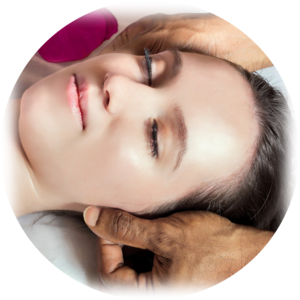
What is reiki?
Reiki is a Japanese energy healing technique. The predominate form of reiki practiced throughout the world today, also known as Usui reiki, was created by Dr. Mikao Usui in the early 20th century. It’s a complementary or alternative health approach. Reiki does not directly cure diseases or illnesses. Instead, it’s used as a way to manage symptoms and improve general well-being.
During a reiki session, the practitioner places their hands either directly on you or just above you to bring about healing. The belief is that the practitioner is able to stimulate your body’s natural healing abilities.
Read on to learn more about the benefits and side effects of reiki, and what to expect from a reiki session.
Reiki healing is an ancient form of energy healing that involves the flowing of Universal Life Force energy (also known as Prana or Chi) from the Reiki practitioner to you. According to Reiki Healing, when the energy flow within you is blocked or out of balance, you may experience disease and struggles. This can manifest in the form of a physical injury or emotional pain.
Reiki Healing restores and enhances the flow of energy within your body, clears any existing blocks, and can guide you into a place of deep balance and harmony.
Each Reiki practitioner has their own unique way of conducting a Reiki healing session. Your experience may vary from one practitioner to the other.
Benefits Of Reiki Healing

